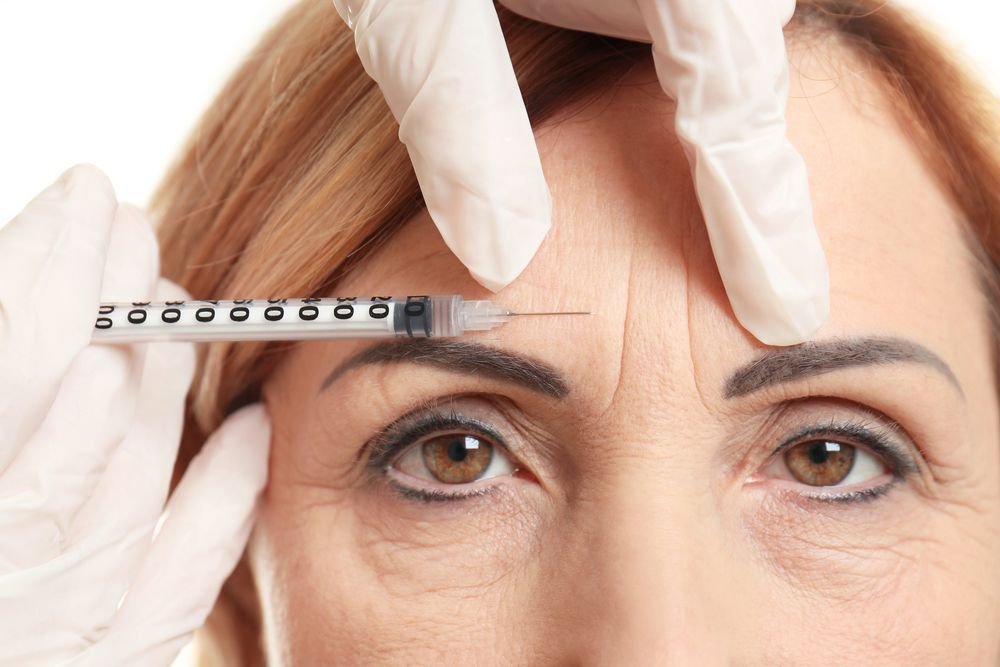Private Aesthetic Neurotoxin Training
Transform your clients’ appearances with our full-face lifting techniques, jawline tightening strategies, and neck rejuvenation methods. Our exclusive training program covers:
Full face lifting
Jawline tightening
Neck rejuvenation
Private Aesthetic Neurotoxin Training Curriculum
1. Introduction to Aesthetic Neurotoxins
What are Aesthetic Neurotoxins: Understanding the substance, its origin, and its medical applications.
Mechanism of action: How neurotoxins work to relax muscles and reduce wrinkles.
2. Anatomy and Physiology
Facial anatomy: Key muscle groups, nerves, and blood vessels relevant to neurotoxin administration.
Skin structure: Understanding how aging affects the skin and the role of neurotoxins in aesthetic treatments.
3. Indications and Contraindications
Common aesthetic uses: Treatment of fine lines, wrinkles, and other facial indications.
Medical uses: Conditions like migraines, excessive sweating (hyperhidrosis), and more.
Contraindications: Situations where neurotoxins should not be used (e.g., pregnant or breastfeeding individuals, certain medical conditions).
4. Consultation and Assessment
Patient consultation: Techniques for evaluating patients’ needs and setting realistic expectations.
Consent and documentation: Importance of informed consent and maintaining patient records.
5. Injection Techniques
Hands-on training: Practical instruction on properly injecting neurotoxins, including needle selection and injection sites.
Dosage and dilution: Guidelines for neurotoxin dosage and how to prepare it for injection.
Safety precautions: Infection control protocols, managing complications, and avoiding adverse effects.
6. Managing Side Effects and Complications
Identifying common side effects: Bruising, swelling, and headaches.
Addressing complications: How to handle more serious reactions, such as ptosis or an allergic response.
7. Post-Treatment Care
Aftercare instructions: Educating patients on what to expect post-treatment and how to care for the area.
Follow-up procedures: The importance of follow-up appointments to monitor results and address any concerns.
8. Business Considerations
Setting up a practice: Guidance on legal considerations, insurance, and business practices for offering neurotoxin services.
Marketing neurotoxin services: Strategies for attracting and retaining clients.
9. Regulatory Compliance
Understanding local laws and regulations surrounding the administration of neurotoxins.
Certification requirements and ongoing education and training.
10. Hands-On Practice
Supervised practice: Allowing trainees ample time to practice injection techniques on models and mannequins.
Feedback and assessment: Opportunities for instructors to provide guidance and assess participants' skills.
11. Q&A and Discussion
Open and ongoing forum for questions: Encouraging discussion about experiences, challenges, and best practices.

